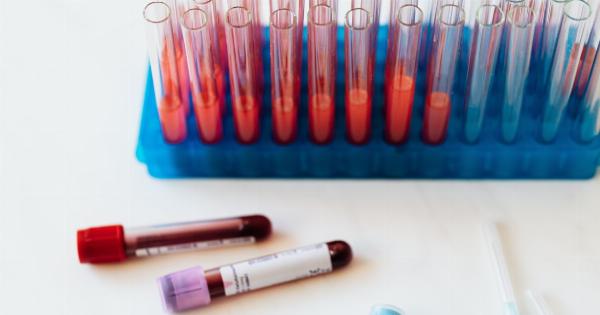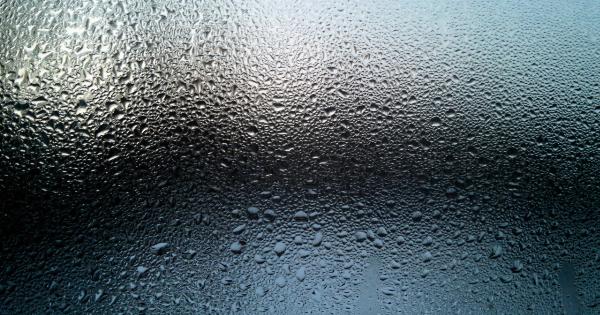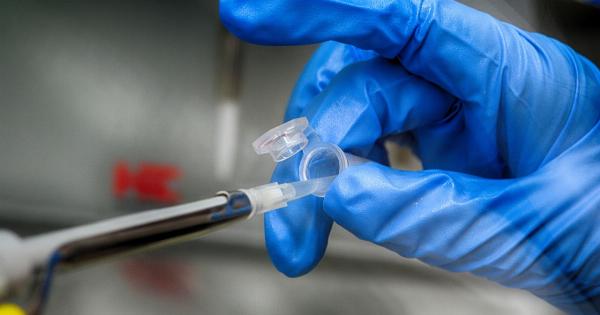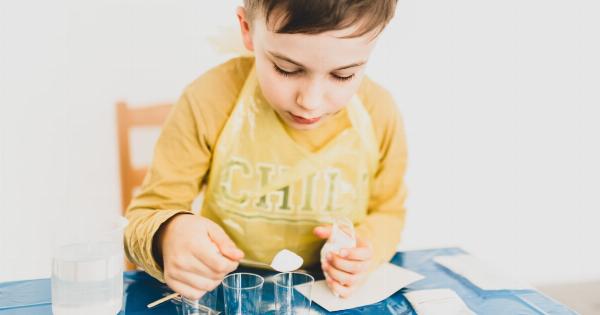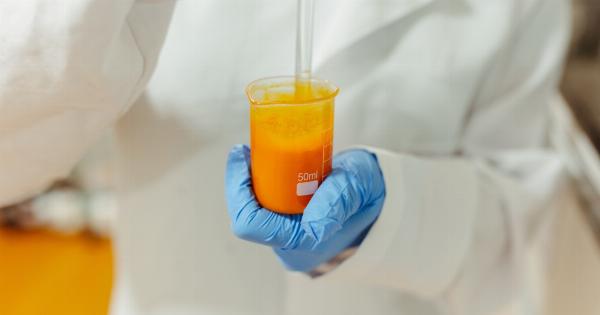Do your feet, ankles or hands ever feel swollen or bloated? Do you feel uncomfortably bloated? Well, you may be experiencing liquid retention.
Liquid retention happens when there’s an accumulation of fluid in the tissues of the body, leading to swelling and discomfort.
The good news is that there are several ways to combat liquid retention. In this helpful video guide, we’ll explore different ways to reduce liquid retention and prevent future occurrences, so you can feel comfortable and healthy.
Drink Plenty of Water
It may seem counterintuitive, but drinking plenty of water actually helps to flush out excess fluid from the body. When you’re dehydrated, your body can hold onto fluid to prevent further loss, leading to liquid retention.
On the other hand, drinking enough water signals your body that it doesn’t need to hold onto fluid, allowing it to pass through your system and prevent swelling. Aim to drink at least eight glasses of water a day to stay hydrated and reduce liquid retention.
Reduce Salt Intake
High salt intake is one of the biggest culprits when it comes to liquid retention. Salt causes your body to retain water, leading to swelling and discomfort. Reducing your salt intake can help to reduce liquid retention and prevent future occurrences.
Stay away from salty snacks, processed foods, and canned goods. Instead, focus on eating fresh, whole foods and using herbs and spices to add flavor to your dishes.
Get Moving
Physical activity is great for preventing liquid retention, as it helps to improve circulation and prevent fluid buildup. Aim to get at least 30 minutes of exercise a day, whether it’s going for a walk, practicing yoga, or lifting weights at the gym.
If you work a desk job, make sure to take breaks throughout the day to stretch your legs and move your body.
Massage
Massage is a great way to reduce liquid retention, as it helps to stimulate circulation and encourage the flow of fluid through the lymphatic system. You can either get a professional massage or give yourself a massage at home.
You can use your fingers or a foam roller to gently massage your legs, arms, and other areas where you experience swelling.
Compression Garments
If you experience liquid retention in certain areas of your body, such as your legs, you may benefit from wearing compression garments, such as compression stockings.
Compression garments help to promote circulation and prevent fluid buildup, reducing swelling and discomfort.
Elevate Your Legs
When you’re experiencing liquid retention in your legs, elevating them above your heart can encourage fluid to flow back towards your upper body and reduce swelling.
You can prop your legs up on pillows or use a foam roller to elevate them while you sit or lie down.
Reduce Alcohol Intake
Drinking alcohol can lead to dehydration, which can cause your body to hold onto fluid and lead to liquid retention. To prevent this, try to limit your alcohol intake or avoid it altogether.
If you do choose to drink, make sure to drink plenty of water to stay hydrated.
Eat a Balanced Diet
A balanced diet can help to prevent liquid retention and promote overall health and wellness. Focus on eating plenty of fruits and vegetables, whole grains, lean proteins, and healthy fats.
These nutrients can help to keep your body functioning properly and prevent fluid buildup.
Reduce Stress
Stress can cause your body to release hormones that lead to fluid buildup and liquid retention. To combat this, try to reduce stress in your life by practicing relaxation techniques such as meditation, yoga, or deep breathing exercises.
You can also take breaks throughout the day to walk around or stretch.
Conclusion
Liquid retention can be uncomfortable and frustrating, but there are several ways to prevent and reduce it.
Drinking plenty of water, reducing salt intake, getting physical activity, massage, wearing compression garments and elevating your legs are all great ways to reduce liquid retention. A balanced diet, reducing alcohol intake and stress are also important to prevent future occurrences.

